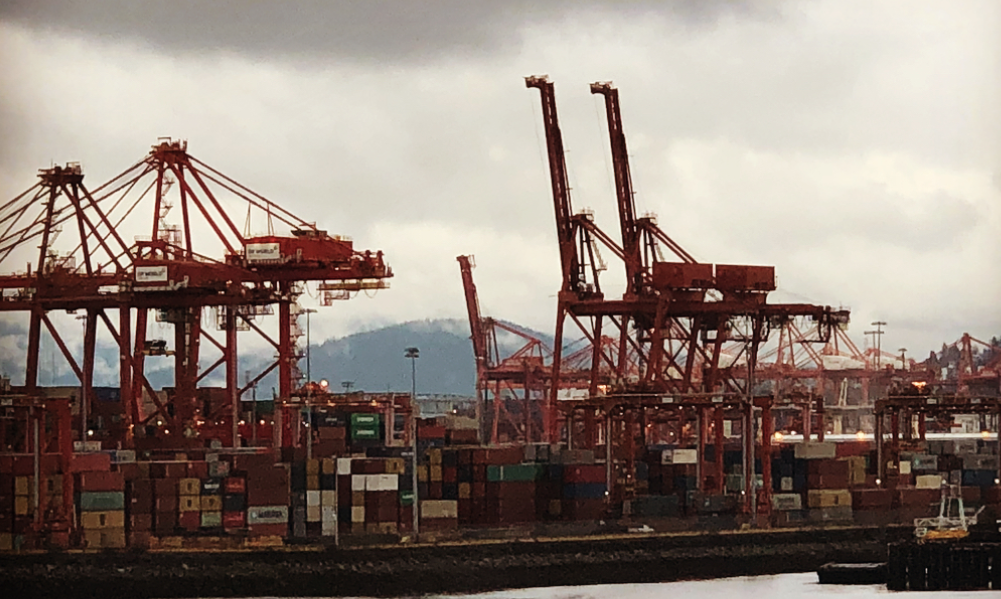
Industrial equipment is used for a variety of manufacturing processes and can include compressors, pumps, packaging machines, and conveyors. Equipment represents a huge investment for businesses. They can only recoup their costs if machines and tools remain efficient and reliable, so careful upkeep is important. Equipment failures result in lost man hours and production slowdowns that reduce profits. Routine maintenance can minimize these expenses and increase profits. Maintenance experts at MicroMain reported that maintaining equipment can increase a company’s ROI as much as 545%. Some businesses invest in complex programs to help keep equipment running smoothly. Many others rely on 5 simple but critical tips to ensure efficient, reliable equipment.
Create a Realistic Maintenance Schedule
Maintenance should be scheduled in advance and based on company needs. Industrial equipment manufacturers provide suggested maintenance schedules, but they are essentially guidelines. The reality is that machines need to be serviced according to usage. Most have warning signals that let operators know when maintenance tasks should be done, but it is not always efficient for workers to stop and do the work at that time. You should consider using Axxerion to make sure that everything is properly scheduled.
Keep a Supply of Spare Parts
Parts suppliers can recommend spare parts to stock. When their technicians visit plants, they will work with managers and suggest parts that are most likely to be needed. Keeping parts on hand can reduce downtime if repairs are needed.
Get Employees Involved in Maintenance Tasks
The technicians who work on machines are able to offer excellent input about their equipment efficiency and condition. For example, alert employees can spot potential problems with parts so that managers can contact suppliers like Dynatect and schedule emergency repairs or replacement. Managers can also assign machine operators and maintenance personnel specific tasks and ensure they sign off as each is completed.
Make Checklists and Focus on Safety
Routine inspections are important to ensure that equipment is safe as well as reliable. According to industry experts at Plant Engineering, safety issues are often plants’ biggest expenses. The most efficient way to ensure that inspections and maintenance tasks are completed as scheduled is to create checklists for technicians and managers. Since they need to tick off each item as it is completed, they are unlikely to miss important steps or fail to inspect every machine. It is also important that they document every problem they notice.
Use Equipment Providers’ Maintenance Programs
The best way to keep expensive, complex equipment in good shape is to have it professionally serviced. Fortunately, equipment manufacturers often provide preventative maintenance plans. They commonly charge a yearly fee that entitles clients to scheduled inspections and may also include parts discounts. Maintenance contracts can extend machine life and make it easier to create a realistic budget. It may not be financially feasible to have all equipment professionally serviced, but it is financially wise to cover the most complex and expensive machines.
It is critical that companies maintain industrial equipment because it is essential to productivity and represents a big investment. Fortunately, most businesses can minimize breakdowns and extend equipment life with scheduled maintenance and carefully documented inspections. It is important to involve employees in maintenance and ensure there is a supply of spare parts for emergencies. Equipment providers’ also offer service contracts designed to keep machines reliable, safe, and efficient.
Contributed content
This is an article provided by our partners network. It might not necessarily reflect the views or opinions of our editorial team and management.

Founder Dinis Guarda
IntelligentHQ Your New Business Network.
IntelligentHQ is a Business network and an expert source for finance, capital markets and intelligence for thousands of global business professionals, startups, and companies.
We exist at the point of intersection between technology, social media, finance and innovation.
IntelligentHQ leverages innovation and scale of social digital technology, analytics, news, and distribution to create an unparalleled, full digital medium and social business networks spectrum.
IntelligentHQ is working hard, to become a trusted, and indispensable source of business news and analytics, within financial services and its associated supply chains and ecosystems









